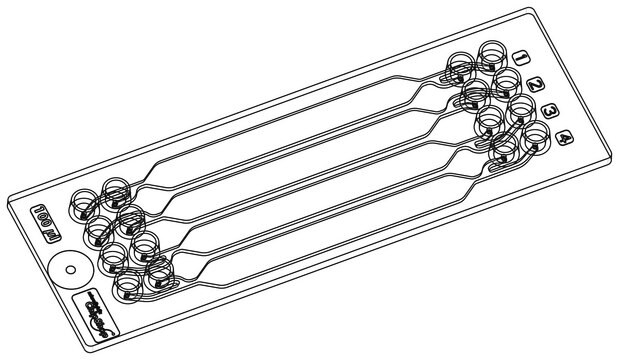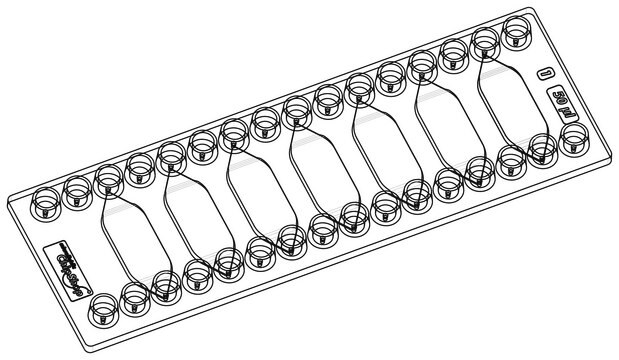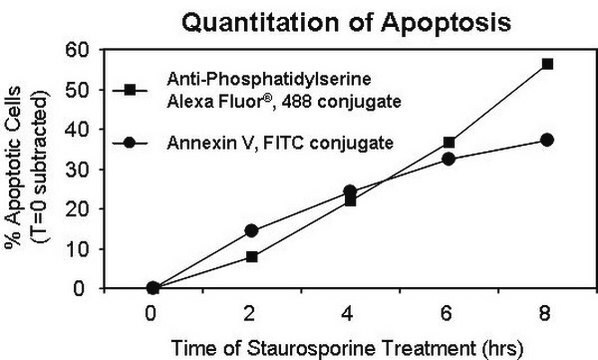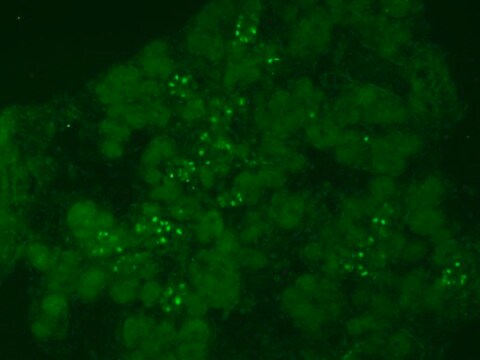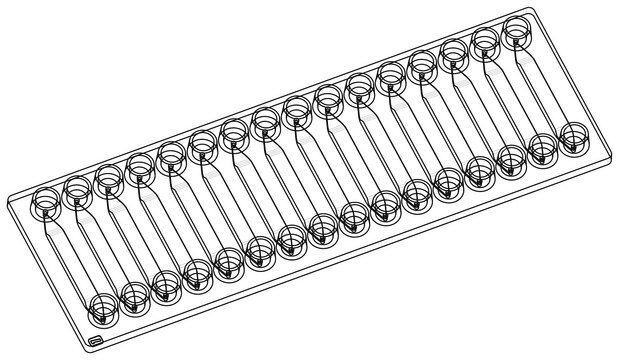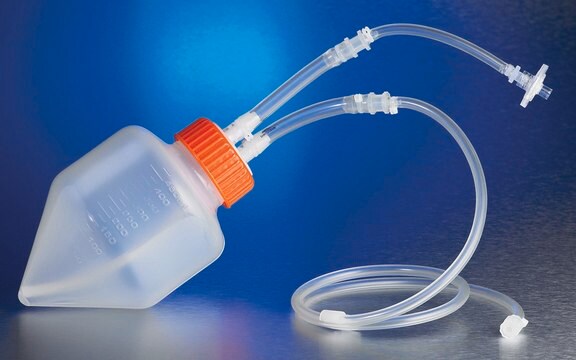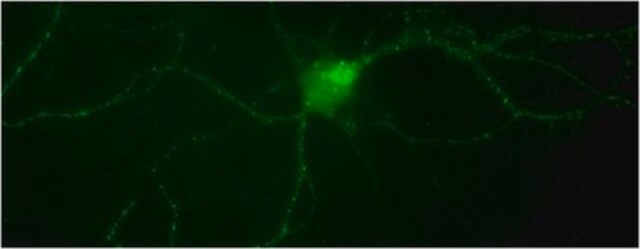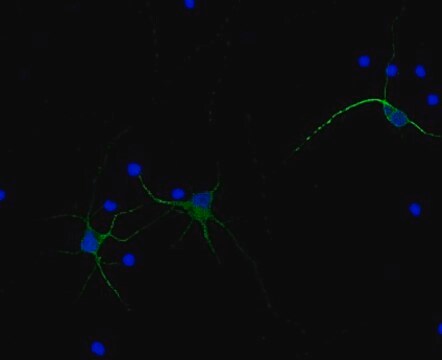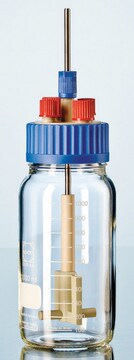AB5372
Przeciwciało anty-Trk B, ból, n.d. 54-67 rTrkB
serum, Chemicon®
Synonim(y):
BDNF/NT-3 Growth Factors Receptor, Tyrosine Kinase Receptor B
About This Item
Polecane produkty
pochodzenie biologiczne
rabbit
Poziom jakości
forma przeciwciała
serum
rodzaj przeciwciała
primary antibodies
klon
polyclonal
reaktywność gatunkowa
rat, human
producent / nazwa handlowa
Chemicon®
metody
immunohistochemistry: suitable
western blot: suitable
numer dostępu NCBI
numer dostępu UniProt
Warunki transportu
dry ice
docelowa modyfikacja potranslacyjna
unmodified
informacje o genach
human ... NTRK2(4915)
Specyficzność
Immunogen
Zastosowanie
Immunoblotting: 1:1,000-1:1,500 na preparatach błonowych szczura. Przeciwciało powinno być
ocenione pod kątem zastosowania w Western blot przez użytkownika końcowego. Jego użyteczność będzie zależeć od poziomu
białka wyrażonego w badanych tkankach lub komórkach.
Optymalne rozcieńczenia robocze muszą być określone przez użytkownika końcowego.
Neuroscience
Neurochemistry & Neurotrophins
Postać fizyczna
Przechowywanie i stabilność
Informacje prawne
Oświadczenie o zrzeczeniu się odpowiedzialności
Nie możesz znaleźć właściwego produktu?
Wypróbuj nasz Narzędzie selektora produktów.
polecane
Kod klasy składowania
11 - Combustible Solids
Klasa zagrożenia wodnego (WGK)
WGK 1
Temperatura zapłonu (°F)
Not applicable
Temperatura zapłonu (°C)
Not applicable
Certyfikaty analizy (CoA)
Poszukaj Certyfikaty analizy (CoA), wpisując numer partii/serii produktów. Numery serii i partii można znaleźć na etykiecie produktu po słowach „seria” lub „partia”.
Masz już ten produkt?
Dokumenty związane z niedawno zakupionymi produktami zostały zamieszczone w Bibliotece dokumentów.
Nasz zespół naukowców ma doświadczenie we wszystkich obszarach badań, w tym w naukach przyrodniczych, materiałoznawstwie, syntezie chemicznej, chromatografii, analityce i wielu innych dziedzinach.
Skontaktuj się z zespołem ds. pomocy technicznej